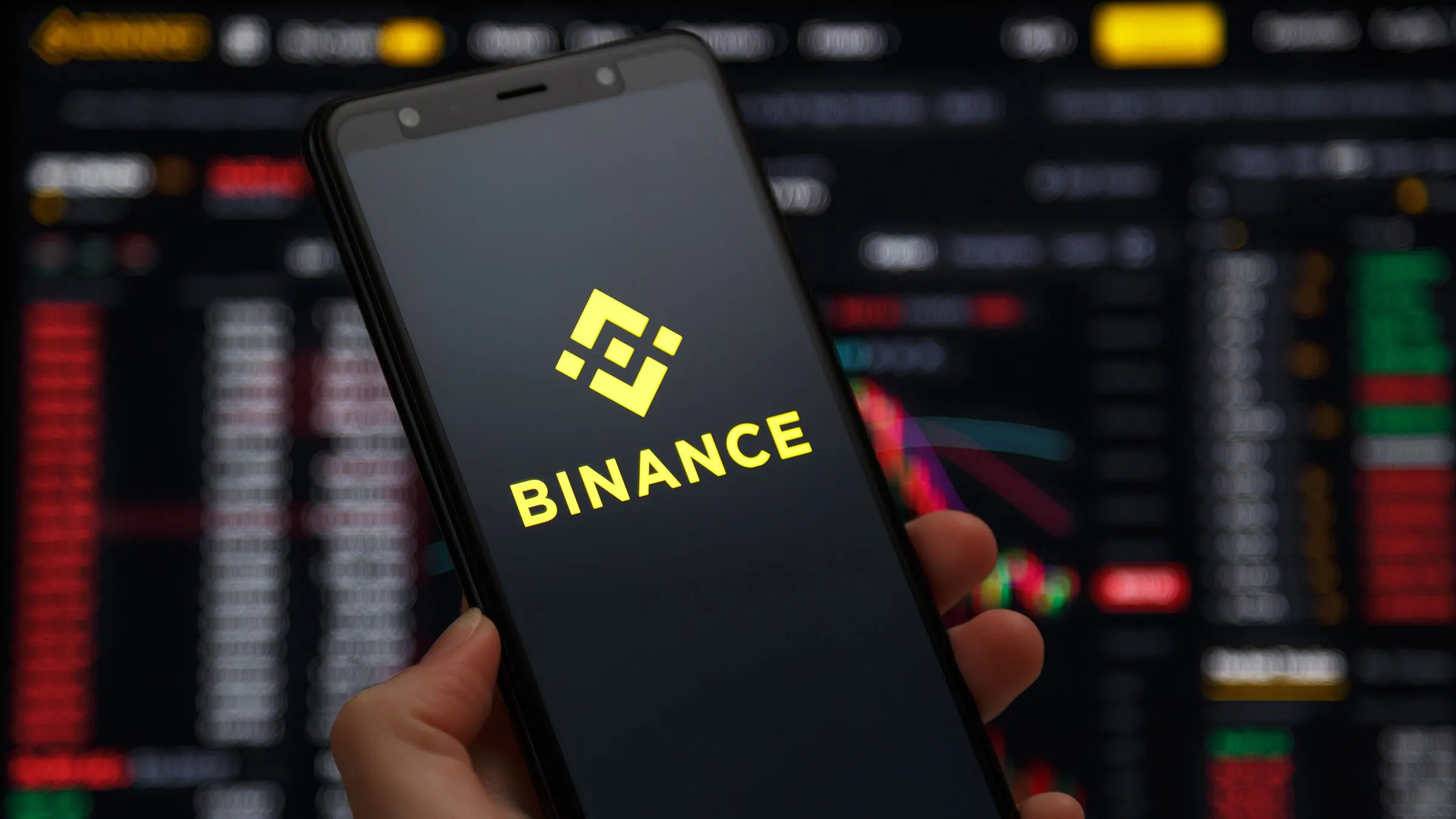Crypto exchange Binance has announced that its NFT marketplace will no longer support Bitcoin Ordinals.
In a blog post, Binance noted that the decision to axe support for the NFT-like inscriptions was taken "as part of its ongoing efforts to streamline product offerings" on its NFT marketplace.
From April 18th, users will no longer be able to trade Bitcoin Ordinals on the Binance NFT Marketplace. The exchange also advised users to withdraw their Bitcoin Ordinals from the marketplace before May 18th.
The exchange also noted that "airdrops, benefits, or utilities" linked to Bitcoin Ordinals will no longer be supported from April 10th. Binance added that Runestones holders should withdraw their NFTs by this date, "to ensure they still have the opportunity to receive any associated tokens, utilities, and benefits," linked to their Ordinals, adding that "the trading of Runestone NFTs will not be supported on Binance NFT."
Binance originally added support for Ordinals in May 2023.
What are Bitcoin Ordinals?
Bitcoin Ordinal inscriptions are unique digital assets inscribed on a satoshi, the lowest denomination of a Bitcoin (BTC). The Ordinals protocol debuted in early 2023 and quickly made an impact on the broader NFT world.
Following changes from the network's SegWit upgrade in 2017, developers created Bitcoin Ordinals using an inscription process that writes or inscribes the data of the content stored onto an individual satoshi, or the smallest denomination of a Bitcoin (1/100,000,000 BTC).
Like NFTs, inscriptions are non-fungible, meaning that they're provably unique, and can be used for many of the same use cases, such as digitally scarce artwork.
Just yesterday, finance giant Franklin Templeton released a report hailing the "positive momentum in innovations" on the Bitcoin blockchain, which it said was "primarily driven" by Oridinals.
The firm pointed to a "surge in trading volume" in recent months, along with the growing the market cap of Ordinals relative to NFTs on other networks. Ordinals trading has made a sizable impact on the the broader NFT world in recent months, helping to elevate cross-chain marketplace Magic Eden to a leading share of the market.

